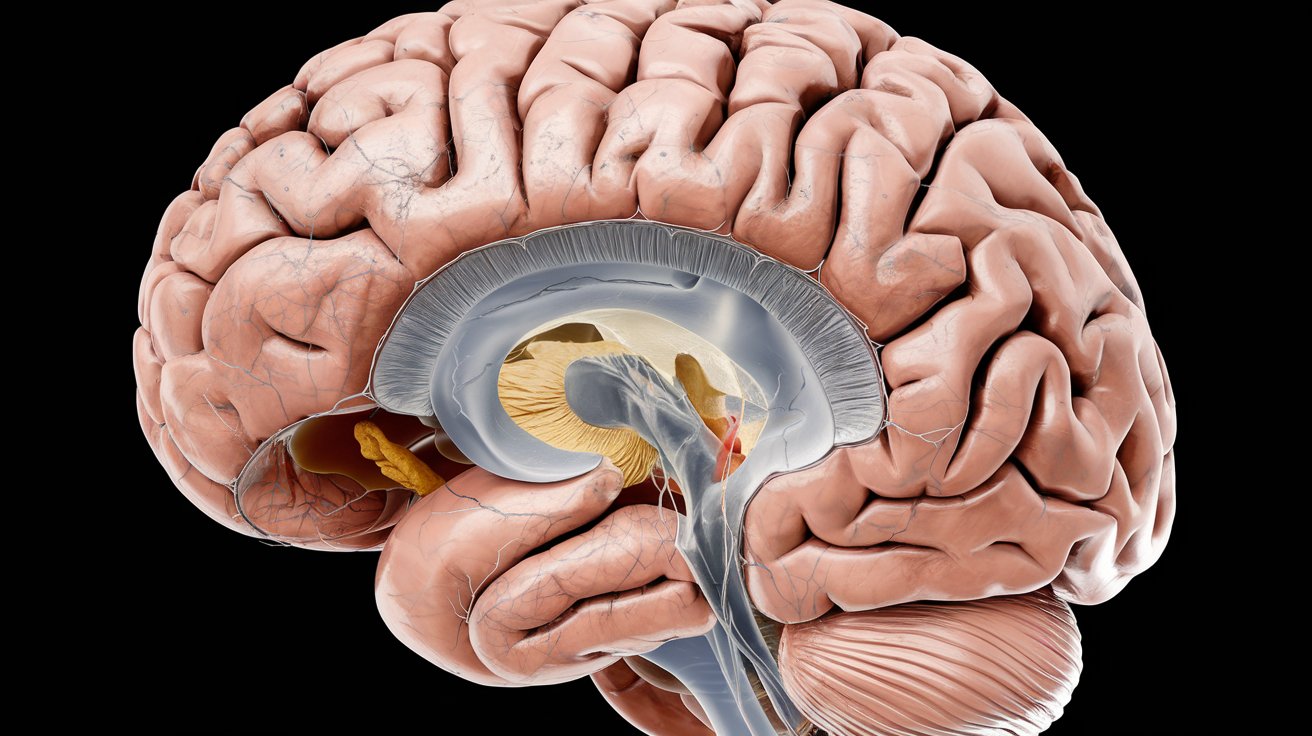
Oculo Cerebral Dysplasia is a rare genetic disorder that affects the development of the eyes and brain. Characterized by abnormalities in the structure of the eyes and neurological issues, this condition can lead to a range of symptoms. Common signs include vision problems, intellectual disabilities, and developmental delays. Caused by mutations in specific genes, it is usually diagnosed in infancy or early childhood. Treatment focuses on managing symptoms and improving quality of life. Understanding this disorder is crucial for early intervention and support. Here are 25 facts to help you grasp the complexities of Oculo Cerebral Dysplasia and its impact on those affected.
Key Takeaways:
- Oculo Cerebral Dysplasia, or Dandy-Walker Syndrome, affects brain development and can cause symptoms like poor muscle tone and seizures. Early diagnosis and supportive therapies can help manage the condition effectively.
- Individuals with Oculo Cerebral Dysplasia can lead fulfilling lives with tailored education, support groups, and assistive devices. Ongoing research aims to better understand and treat this rare condition.
What is Oculo Cerebral Dysplasia?
Oculo Cerebral Dysplasia, also known as Dandy-Walker Syndrome, is a rare congenital brain malformation involving the cerebellum and the fluid-filled spaces around it. This condition can affect physical and mental development.
-
Named after Doctors: The syndrome is named after Walter Dandy and Arthur Earl Walker, who first described it in the early 20th century.
-
Affects the Cerebellum: The cerebellum, which controls movement and coordination, is underdeveloped or absent in individuals with this condition.
-
Fluid Accumulation: There is often an enlargement of the fourth ventricle, a fluid-filled space in the brain, leading to increased pressure.
-
Symptoms Vary: Symptoms can range from mild to severe and may include developmental delays, poor muscle tone, and seizures.
Causes and Diagnosis
Understanding the causes and how doctors diagnose Oculo Cerebral Dysplasia can help in managing the condition effectively.
-
Genetic Factors: Some cases are linked to genetic mutations, though the exact cause is often unknown.
-
Prenatal Diagnosis: Ultrasounds during pregnancy can sometimes detect the condition, especially if there is an abnormal amount of fluid in the brain.
-
MRI Scans: Magnetic Resonance Imaging (MRI) is commonly used to confirm the diagnosis after birth.
-
Family History: A family history of the condition can increase the likelihood of occurrence.
Treatment and Management
While there is no cure, various treatments can help manage symptoms and improve quality of life.
-
Surgical Options: Surgery may be necessary to drain excess fluid from the brain.
-
Physical Therapy: Helps improve muscle tone and coordination.
-
Occupational Therapy: Assists in developing daily living skills.
-
Speech Therapy: Beneficial for those with speech and language delays.
Living with Oculo Cerebral Dysplasia
Living with this condition presents unique challenges, but many individuals lead fulfilling lives with proper support.
-
Individualized Education Plans: Tailored educational programs can help meet the specific needs of affected children.
-
Support Groups: Connecting with others facing similar challenges can provide emotional support and practical advice.
-
Assistive Devices: Tools like wheelchairs and communication aids can enhance independence.
-
Regular Monitoring: Ongoing medical check-ups are crucial for managing symptoms and preventing complications.
Research and Future Directions
Ongoing research aims to better understand and treat Oculo Cerebral Dysplasia.
-
Stem Cell Research: Investigating the potential of stem cells to repair damaged brain tissue.
-
Genetic Studies: Exploring the genetic basis of the condition to develop targeted therapies.
-
Clinical Trials: New treatments are being tested in clinical trials to assess their safety and effectiveness.
-
Improved Diagnostic Tools: Advances in imaging technology are making it easier to diagnose the condition early.
Interesting Facts
Here are some lesser-known facts about Oculo Cerebral Dysplasia that might surprise you.
-
Rare Condition: It affects approximately 1 in 25,000 to 1 in 35,000 live births.
-
Gender Differences: The condition is slightly more common in females than males.
-
Associated Conditions: Often occurs alongside other congenital abnormalities like heart defects or kidney problems.
-
Historical Cases: Some historical figures are believed to have had this condition, though it was not diagnosed at the time.
-
Awareness Efforts: Various organizations work to raise awareness and funds for research into this rare condition.
Final Thoughts on Oculo Cerebral Dysplasia
Oculo Cerebral Dysplasia, also known as Dandy-Walker Syndrome, is a rare congenital disorder affecting brain development. It involves the cerebellum and the fluid-filled spaces around it. Symptoms can range from developmental delays to motor skill issues. Early diagnosis and intervention are crucial for managing the condition effectively.
Understanding the genetic factors and environmental influences can help in better treatment approaches. Families dealing with this condition often need support from healthcare professionals and community resources. Awareness and education about Oculo Cerebral Dysplasia can lead to improved outcomes for those affected.
If you or someone you know is dealing with this condition, seeking medical advice and connecting with support groups can make a significant difference. Knowledge is power, and staying informed can help navigate the challenges that come with Oculo Cerebral Dysplasia.
Frequently Asked Questions
Was this page helpful?
Our commitment to delivering trustworthy and engaging content is at the heart of what we do. Each fact on our site is contributed by real users like you, bringing a wealth of diverse insights and information. To ensure the highest standards of accuracy and reliability, our dedicated editors meticulously review each submission. This process guarantees that the facts we share are not only fascinating but also credible. Trust in our commitment to quality and authenticity as you explore and learn with us.
